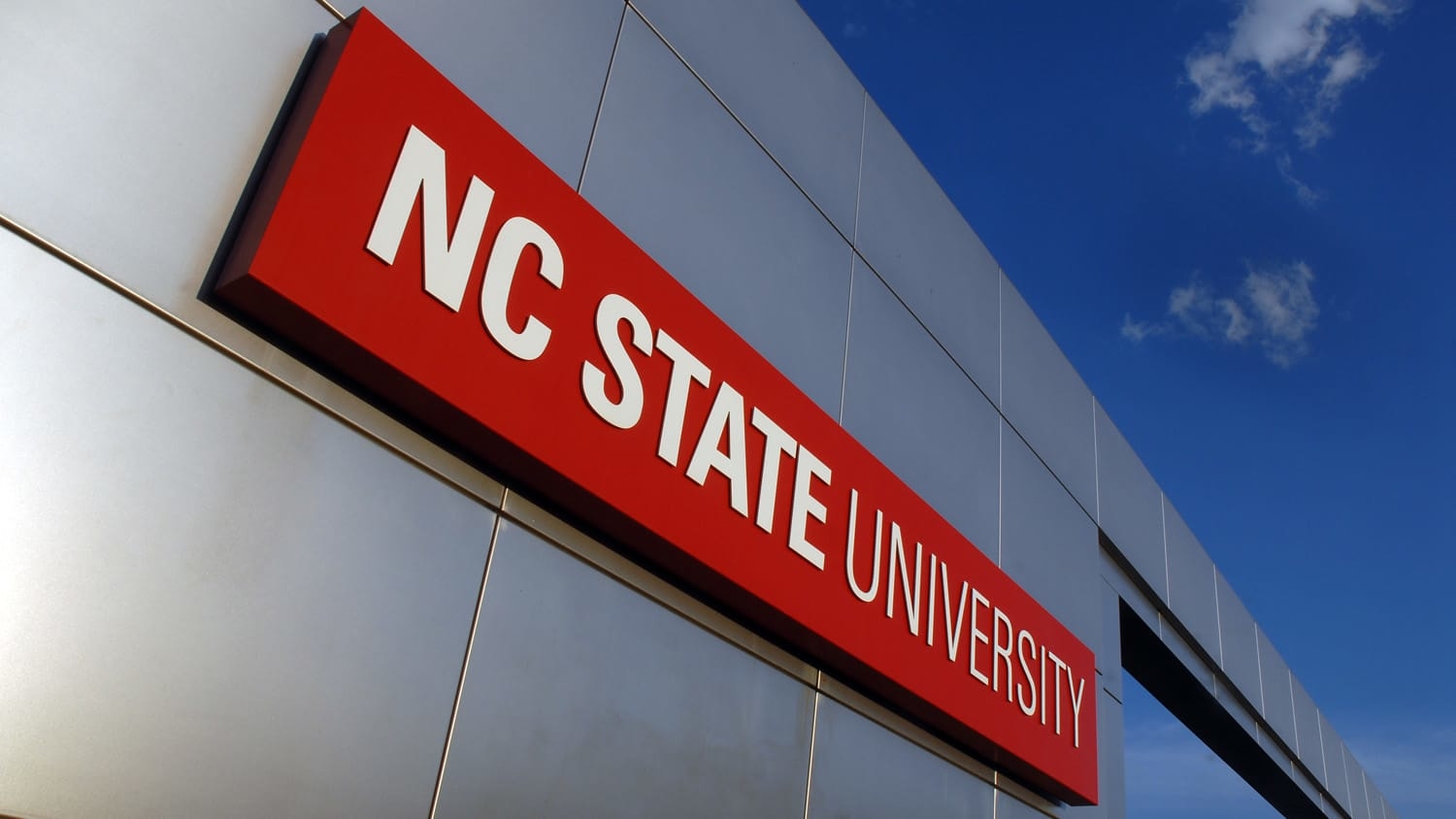Stacking Two-Dimensional Materials May Lower Cost of Semiconductor Devices
For Immediate Release
A team of researchers led by North Carolina State University has found that stacking materials that are only one atom thick can create semiconductor junctions that transfer charge efficiently, regardless of whether the crystalline structure of the materials is mismatched – lowering the manufacturing cost for a wide variety of semiconductor devices such as solar cells, lasers and LEDs.
“This work demonstrates that by stacking multiple two-dimensional (2-D) materials in random ways we can create semiconductor junctions that are as functional as those with perfect alignment” says Dr. Linyou Cao, senior author of a paper on the work and an assistant professor of materials science and engineering at NC State.
“This could make the manufacture of semiconductor devices an order of magnitude less expensive.”

For most semiconductor electronic or photonic devices to work, they need to have a junction, which is where two semiconductor materials are bound together. For example, in photonic devices like solar cells, lasers and LEDs, the junction is where photons are converted into electrons, or vice versa.
All semiconductor junctions rely on efficient charge transfer between materials, to ensure that current flows smoothly and that a minimum of energy is lost during the transfer. To do that in conventional semiconductor junctions, the crystalline structures of both materials need to match. However, that limits the materials that can be used, because you need to make sure the crystalline structures are compatible. And that limited number of material matches restricts the complexity and range of possible functions for semiconductor junctions.
“But we found that the crystalline structure doesn’t matter if you use atomically thin, 2-D materials,” Cao says. “We used molybdenum sulfide and tungsten sulfide for this experiment, but this is a fundamental discovery that we think applies to any 2-D semiconductor material. That means you can use any combination of two or more semiconductor materials, and you can stack them randomly but still get efficient charge transfer between the materials.”
Currently, creating semiconductor junctions means perfectly matching crystalline structures between materials – which requires expensive equipment, sophisticated processing methods and user expertise. This manufacturing cost is a major reason why semiconductor devices such as solar cells, lasers and LEDs remain very expensive. But stacking 2-D materials doesn’t require the crystalline structures to match.
“It’s as simple as stacking pieces of paper on top of each other – it doesn’t even matter if the edges of the paper line up,” Cao says.
The paper, “Equally Efficient Interlayer Exciton Relaxation and Improved Absorption in Epitaxial and Non-epitaxial MoS2/WS2 Heterostructures,” was published as a “just-accepted” manuscript in Nano Letters Dec. 3.
Lead authors of the paper are Yifei Yu, a Ph.D. student at NC State; Dr. Shi Hu, a former postdoctoral researcher at NC State; and Liqin Su, a Ph.D. student at the University of North Carolina at Charlotte. The paper was co-authored by Lujun Huang, Yi Liu, Zhenghe Jin, and Dr. Ki Wook Kim of NC State; Drs. Alexander Puretzky and David Geohegan of Oak Ridge National Laboratory; and Dr. Yong Zhang of UNC Charlotte. The research was funded by the U.S. Army Research Office under grant number W911NF-13-1-0201 and the National Science Foundation under grant number DMR-1352028.
-shipman-
Note to Editors: The study abstract follows.
“Equally Efficient Interlayer Exciton Relaxation and Improved Absorption in Epitaxial and Non-epitaxial MoS2/WS2 Heterostructures”
Authors: Yifei Yu, Shi Hu, Lujun Huang, Yi Liu, Zhenghe Jin, Ki Wook Kim, and Linyou Cao, North Carolina State University; Liqin Su and Yong Zhang, University of North Carolina at Charlotte; Alexander A. Puretzky and David B. Geohegan, Oak Ridge National Laboratory
Published: Dec. 3, Nano Letters
DOI: 10.1021/nl5038177
Abstract: Semiconductor heterostructures provide a powerful platform to engineer the dynamics of excitons for fundamental and applied interests. However, the functionality of conventional semiconductor heterostructures is often limited by inefficient charge transfer across interfaces due to the interfacial imperfection caused by lattice mismatch. Here we demonstrate that MoS2/WS2 heterostructures consisting of monolayer MoS2 and WS2 stacked in the vertical direction can enable equally efficient interlayer exciton relaxation regardless the epitaxy and orientation of the stacking. This is manifested by a similar two orders of magnitude decrease of photoluminescence intensity in both epitaxial and non-epitaxial MoS2/WS2 heterostructures. Both heterostructures also show similarly improved absorption beyond the simple super-imposition of the absorptions of monolayer MoS2 and WS2. Our result indicates that 2D heterostructures bear significant implications for the development of photonic devices, in particular those requesting efficient exciton separation and strong light absorption, such as solar cells, photodetectors, modulators, and photocatalysts. It also suggests that the simple stacking of dissimilar 2D materials with random orientations is a viable strategy to fabricate complex functional 2D heterostructures, which would show similar optical functionality as the counterpart with perfect epitaxy.
- Categories:


